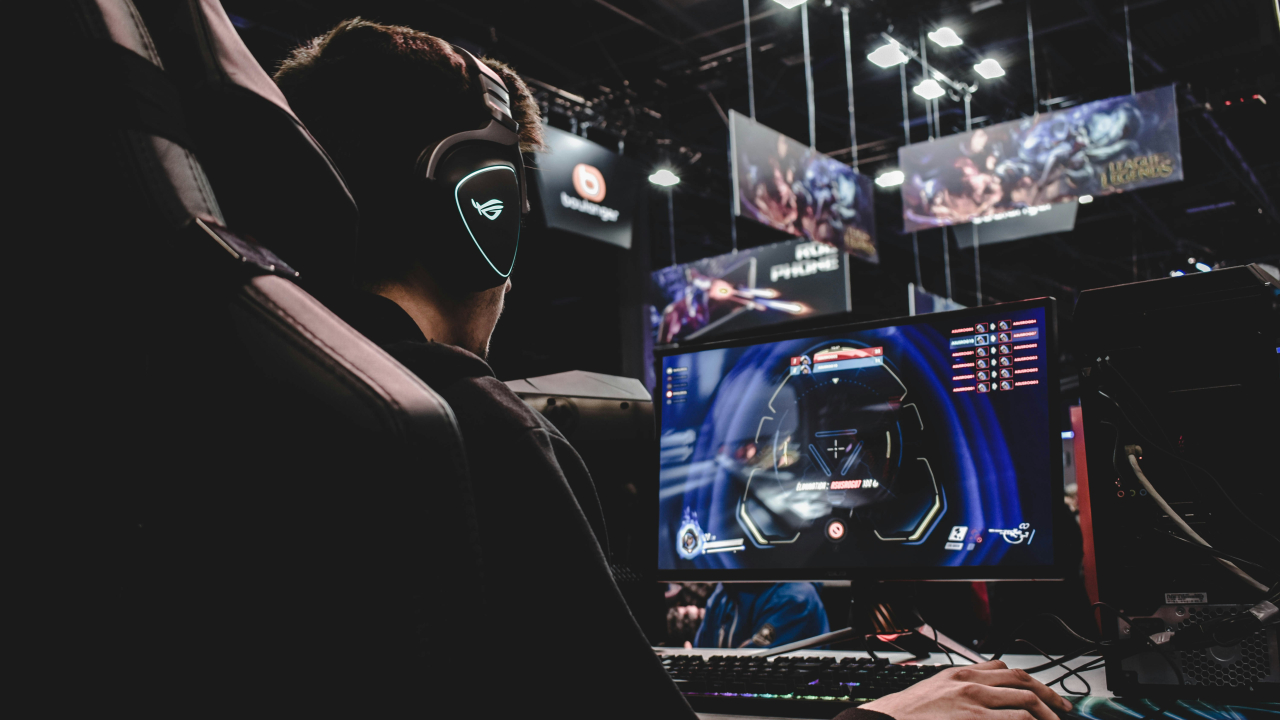Esports and Gaming in Learning
A Preview What is esports? Why should we bring it into schools? And how can we set up gaming spaces in a way that drives student success? Here weʼll share what we’ve learned about esports and gaming culture from our secondary research, along with information gathered from our own interviews, observations and experiments.

Latest Insights
Gaming can positively impact student
attraction and retention
More inclusive than traditional school-sponsored
sports, esports and gaming clubs have the ability
to attract both competitive gamers and casual
gamers. This helps create social connections that
are essential to student retention.
Gaming helps build a sense of community
Through its ability to reduce stress and celebrate
students that may not be recognized in other ways,
gaming can help build a sense of community that
creates lasting connections and enhances overall
student well-being.
Students can learn many useful skills through gaming
Not only can esports help students hone skills like
critical thinking, communication, and collaboration,
it can also offer a safe space for students to learn
that failure is okay.
Four Design Considerations
When bringing esports onto campus, it’s important
for schools to do it right. There are four design
considerations to keep in mind when creating
gaming spaces that can help drive student success.
01 Enhance Performance
Gaming spaces should be designed in ways that
create a welcoming environment, enhancing comfort
and performance.
02 Support Gamer Wellbeing
Creating gaming spaces that encourage movement,
posture and frequent breaks promote the health and
wellness of gamers.
03 Facilitate Teamwork
Gaming spaces should facilitate open communication
so participants can work as a cohesive team.
04 Build Community
Gaming spaces should be accessible and inclusive,
creating a sense of community between players,
coaches and spectators.
By Steelcase Learning
Stay up to date
Subscribe to the free GESS Education newsletter and stay updated with the latest insights, trends, and event news every week. Your email address will remain confidential
